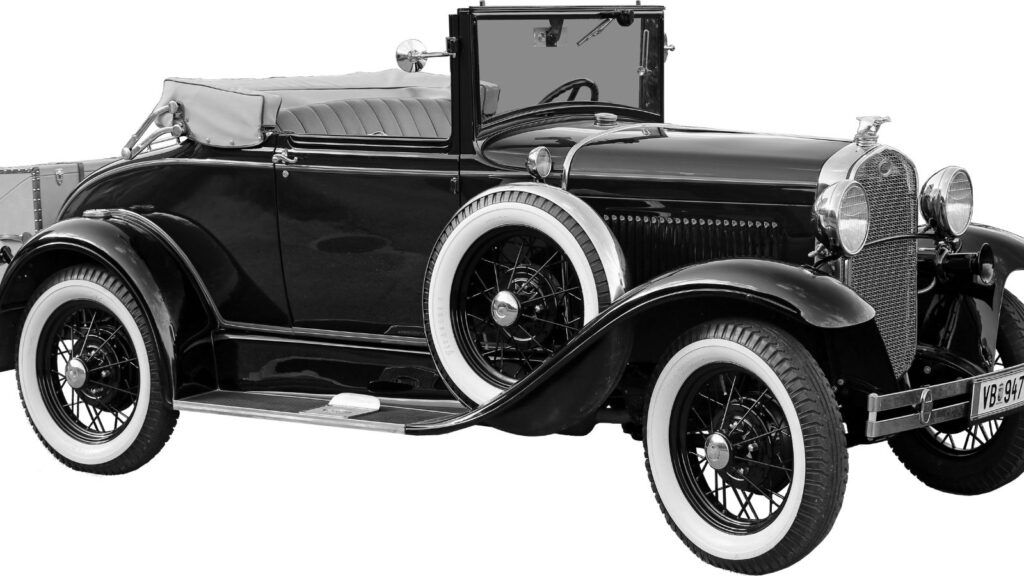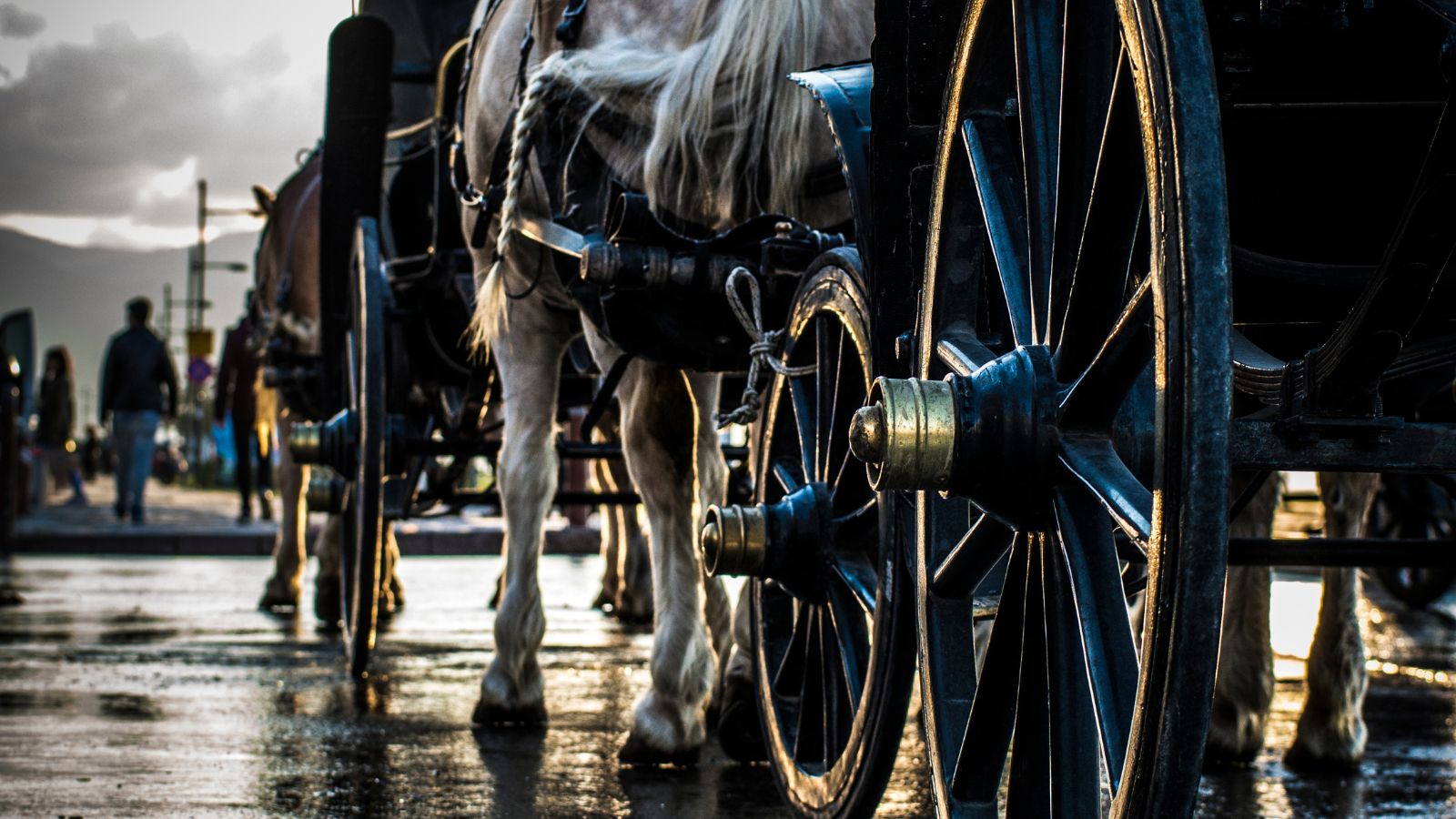In the late 1800s, cities like London and New York faced a growing problem: horse manure. With tens of thousands of horses used for transport, each producing roughly 15 to 35 pounds of waste daily, the streets were overwhelmed. The health risks were serious; manure attracted flies, spread diseases like typhoid and dysentery, and contributed to stench and pollution.
Street cleaning and waste removal struggled to keep pace. By the 1890s, the sheer volume of manure far exceeded what could be recycled as fertilizer or removed by existing sanitation efforts. This led to “manure mountains” in both cities.
The genuine solution was not simply urban clean-up, but technological innovation. The introduction of electric streetcars (trams), the development of motor buses, and eventually the rise of the automobile gradually reshaped urban mobility. The mass production of affordable cars, pioneered by Henry Ford’s assembly line in the 1910s, accelerated the shift away from horse-drawn vehicles in the early 20th century.

What once seemed an insurmountable crisis was solved by rethinking the model of urban transport. The solution was not to expand cleaning efforts, but to replace horse power entirely.
For innovators and marketers today, this history offers a lesson. When a system nears collapse, incremental fixes may fall short. Real breakthroughs occur when we stop trying to do the same thing better and instead invent a fundamentally better way forward.



